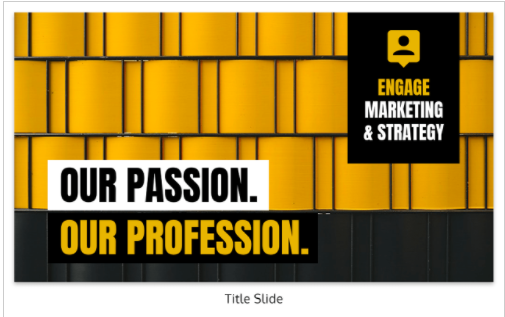An infographic template is a visual design tool that helps you easily create professional-looking infographics. It includes all the necessary elements and components that you need to include in your infographics, such as graphs, charts, images, and other visuals.
With an infographic template, you can quickly and easily create an engaging and visually appealing infographic that will help you communicate your message effectively. Whether you’re looking to create an infographic for your website, blog, or social media, a template will help you get started quickly and easily.
There are a few things to keep in mind when choosing an infographic template:
- Choose a template that is easy to use and customize.
- Make sure the template includes all the elements you need for your infographic.
- Choose a template that is compatible with your design software.
- Find a template that fits your brand identity and style.
- Make sure the template is responsive and mobile-friendly.
With these tips in mind, you’re sure to find the perfect infographic template for your needs. There are several online infographic maker tools available to help you out. Now, it’s time to make it look more professional.
Table of Contents
Here are 5 ways to do just that:
1. Use high-quality photos and graphics.
Your photos and graphics are some of the most important elements on your infographic template. They can help convey your message, tell your story, and engage your audience. But only if they’re high quality.
That means using images that are well-lit, in focus, and properly sized for your website. It also means using images that are relevant to your content and add value to your readers.
2. Stick to a consistent color scheme.
If your infographic has a polished, professional look, it’s important to stick to a consistent color scheme. That doesn’t mean you have to use the same colors throughout the entire design – you can mix and match as long as they complement each other well.
Think about what overall mood or feeling you want to convey with your infographic. Do you want it to be fun and lively? Then consider using brighter, more vibrant colors. If you want it to be more subdued or severe, then go for darker, richer hues.
Once you’ve decided on a general color palette, start planning which colors will go where. Will certain sections be highlighted in different colors? Is there a particular color you want to use for the title or main header?
As you’re designing, keep your color scheme in mind and make sure that everything coordinates well. If you start to feel like things are getting too “busy” or cluttered, it might be time to reel it back in and simplify your design.
3. Use typography to your advantage.
One thing to keep in mind when creating your infographic is the use of typography. Typography can be a powerful asset when used correctly. This may seem like a no-brainer, but using fonts that are easy to read is crucial for making your infographic legible. Try to avoid using fancy or decorative fonts, as they can be difficult to read and may turn off potential viewers. Stick with simple, clean fonts that will be easy on the eyes.
Another way to make sure your infographic is legible is to use contrasting colors. This means using light-colored fonts on dark backgrounds, or vice versa. This will help ensure that your text stands out and is easy to read.
Using the right font size is also important for legibility. If your font is too small, it will be difficult to read, but if it’s too large, it will look out of place and may be overwhelming. Try to find a happy medium between the two extremes.
These are just some of the examples of typography that you should consider.
4. Keep your layout clean and organized.
Your layout is one of the most important aspects of making your infographic look professional. A well-organized layout will help make your information easy to understand and follow.
5. Add an element of interactivity.
If you want your infographic to look professional, consider adding an element of interactivity. This could involve making the infographic itself interactive, or simply adding links to additional resources that viewers can explore for more information.
Interactive infographics are a great way to engage viewers and make your data more accessible. By allowing users to manipulate the data, they can better understand complex concepts and see how different variables relate to one another.
By following these tips, you can easily create a professional-looking infographic template that will help you communicate your message effectively. So get started today and see the difference it makes in your results!

Try it out now!
If you want to try something new, check out Venngage to learn more about infographics sample templates or free infographic templates. Venngage, a free infographic maker, offers more than 10,000 templates, including newsletter templates. Sign up and learn more!








